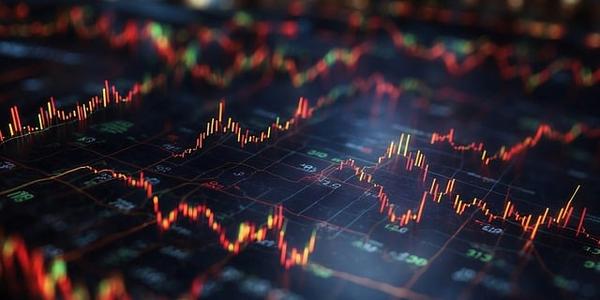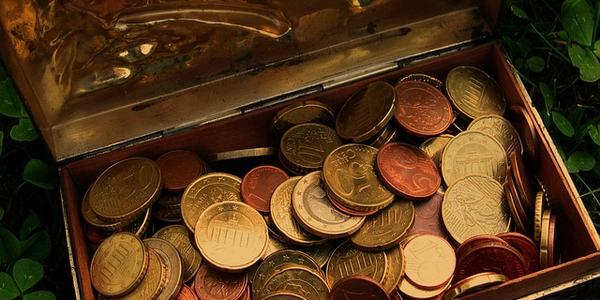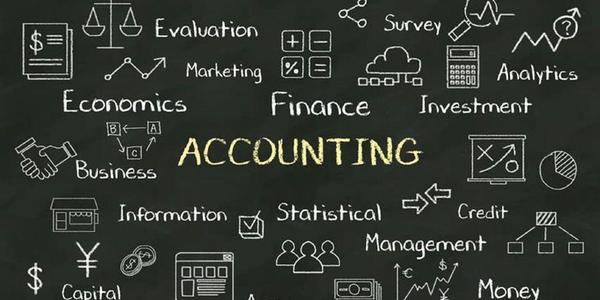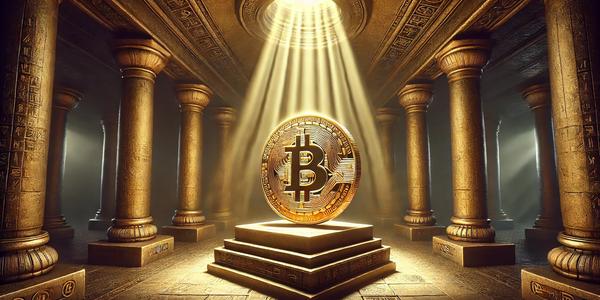Imagine being able to buy a share of an Andy Warhol artwork for under $200, or owning a fraction of a luxurious vintage car without breaking the bank. Sounds too good to be true? Welcome to the world of real-world asset tokenization (RWA), where traditional assets like art, real estate, and collectibles are being turned into tradable digital tokens on the blockchain.
What is Real-World Asset Tokenization?
The core idea behind RWA tokenization is to create a virtual investment vehicle on the blockchain linked to tangible things like real estate, precious metals, art, and collectibles. Instead of physical ownership documents, the title of ownership is stored digitally on the blockchain. This allows for efficient trading between parties, without the need for intermediaries like lawyers, brokers, or banks.
Advantages of RWA Tokenization
The benefits of keeping the ownership of real-world items on chain are numerous:
- Lower costs: By eliminating middlemen, transaction fees and commissions decrease.
- Fast and efficient trading: 24/7 transactions enable instant settlement without delays.
- Increased liquidity: More people can participate in buying and selling, reducing market volatility.
- Transparent process: On-chain storage increases trust and accountability among traders.
Warhol Painting Case Study
The tokenization of Andy Warhol’s Rebel Without a Cause is a real-world example. For under $200, anyone can buy 1/1000th of the artwork through Freeport. This fractional ownership allows for speculation and trading at any time without needing to coordinate with other owners.
Beyond Art: Tokenizing Other Assets
RWA tokenization isn’t limited to high-value items like art or vintage cars. It’s also being applied to:
- U.S. Treasuries: Fractional ownership enables smaller investors to participate in bond markets.
- Currency: Stablecoins like Tether (USDT) and USD Coin (USDC) represent tokenized dollars, allowing for faster settlements between parties.
- Stocks: Tokenizing shares can facilitate fractional ownership and accelerate settlement times.
Traditional Finance’s Take on RWA Tokenization
Investment fund giant Franklin Templeton has launched the Franklin OnChain U.S. Government Money Fund, which uses a public blockchain to process transactions and record share ownership. The Bank of America sees RWA tokenization as a key driver of digital-asset adoption.
Market Projections and Growth
Boston Consulting Group forecasts that the market for tokenized assets could reach $16 trillion by 2030. With traditional finance firms like Franklin Templeton and Bank of America embracing RWA tokenization, it’s clear that this trend is here to stay.
Conclusion
Real-world asset tokenization is revolutionizing investments by breaking down barriers to entry and increasing liquidity in traditionally exclusive markets. As the market grows, so does its potential to disrupt traditional finance. With a forecasted market value of $16 trillion by 2030, it’s clear that RWA tokenization will play an increasingly important role in shaping the future of investments.
References:




